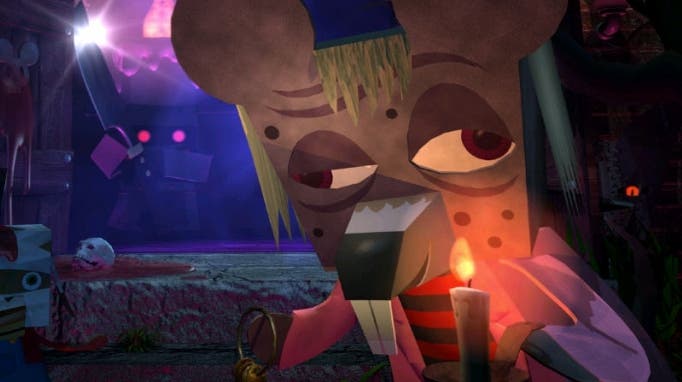Eurogamer Q&A: Forgotten gems
Jewel wielding.
We all have one, don't we? A game that no-one else remembers, that we take every opportunity to espouse the virtues of with alacrity whenever anyone will listen.
It might not even be a terribly good game. It's just that you know about it and no-one else does. There's something cool about that, right? Being able to discover a secret gem before anyone else can.
Or maybe I'm just a hipster. That's probably more likely.
I posed the question to my Eurogamer colleagues. What are their favourite hidden gems? Read on:

Christian Donlan, Features Editor
Booty
The forgotten gem is a gift forever. Ideally, it is half forgotten even in the minds of the people who sort of remember it. Sometimes, there's no name: what was that game - I think it was on the Spectrum - with the wire-frame worlds that you went down to explore from a kind of crane, and there were puzzles, and maybe...trading...and...? That's a game that will keep you going forever. With no specifics - no danger of the disappointing reality resurfacing on Google because there is nothing to type into Google in the first place really - the game can be a classic, expansive and richly detailed and filled with mysteries.
Booty is not quite that game. I remember the name, for starters, even if the name I remember is sort of unfortunate. But I can't remember that much else, aside, really, from the fact that this game was always a good time when you loaded it up.
C64, definitely. And a pirate theme - it was that kind of booty. You were a cabin boy, maybe? And you were hunting around a ship for treasure. Lots of split-level screens, each showing a section of the ship, and I think there was something complex about it all, doors which connected the screens in mysterious ways.

What I really remember is that there was one door in particular which, if you opened it, would see the entire ocean pouring in and killing you. It is very hard to see this as good game design: if the door was always the same, you would simply avoid opening it, whereas if the ocean door was randomly assigned, the game would be rather sadistic. Anyway, my memory is of the thrill of opening each door and not being swamped by the ocean. Phew! Survived again. Maybe it was a clever bit of design after all.
If there was treasure, we never found it in our house. And Booty did not seem to be played in many other houses. I should go online really and find a screenshot, maybe a classic bit of misleading C64 box art. But why ruin the magic?

Emma Kent, Reporter Intern
Endless Ocean
Games don't always have to be about blood and gore, and the game perhaps furthest from the action is Endless Ocean.
As a diving simulation game released for the Wii in 2007, Endless Ocean was primarily about exploring an expansive underwater world in search of rare species of fish. It had some sort of plotline (something about finding a mythical white whale, who knows), but for me the main appeal was simply bobbing around in the water and feeding the animals that floated my way.
Instead of focusing on the technicalities of diving, Endless Ocean cultivated a wonderfully leisurely holiday vibe. After a hard day's work searching for turtles, I would return to my research yacht to train my dolphin, or perhaps feed one of the local birds that had perched on my boat. My time in the water was equally relaxing, as the variety and exquisite detail of the underwater environments meant I always felt completely immersed. In the dreamy dappled light, I could quite easily spend several hours searching for treasure, taking photos and discovering fish.
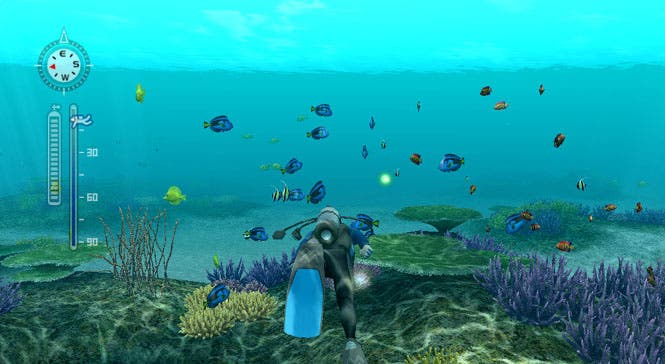
Although the game was more 'open ocean' than open world, there were still an enormous amount of locations to explore, and I soon found myself adventuring through hidden caves and even deep-trench diving (admittedly this was a little less relaxing). Endless Ocean encouraged me to explore these locations its own gentle way through a few photography contracts and guided diving jobs. Frankly, it was refreshing to play a game that didn't instantly clog up my journal with hundreds of side quests.
Somehow, the game also managed to trick me into learning a great deal about marine biology. It had a slightly bizarre mechanic where stroking the fish would reveal pages of information about the unfortunate creature, but nonetheless, the results were surprisingly educational. I soon discovered I could tell the difference between the game's many varieties of sea slug. Unfortunately, this knowledge was absolutely useless for the GCSE Biology exam I actually should have been studying for.
Having now remembered this pearl of a game, I may dust off my Wii to replay it before England's next World Cup match. It's about the only thing that will calm my nerves.
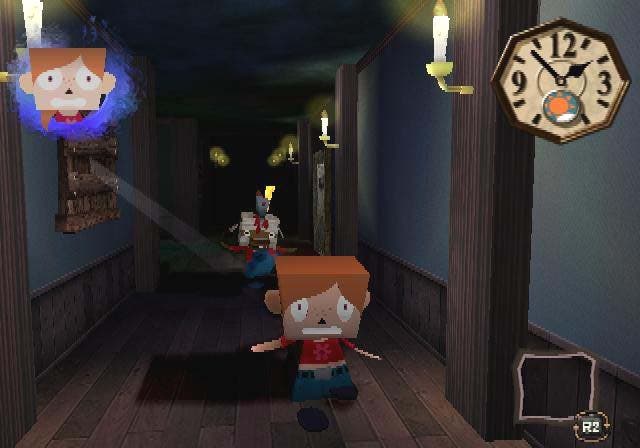
Paul Watson, Social Media Manager
Gregory Horror Show
If any game stands as a playable tribute to The Eagles' legendary track Hotel California, it's probably Gregory Horror Show.
Based on a Japanese CGI horror TV series of the same name, the game sees your player attempting to escape a mysterious hotel that he or she has been trapped in.

It turns out, however, that the only way to get the hell out of dodge is to steal the souls from the other residents of the hotel, a menagerie of cartoony but oddly-unsettling characters, including a puppy with a hatchet buried in its skull, a zombie cat with his eyes and mouth stitched up and a chef who would quite like to have you for dinner.
The game plays out in a tense cat-and-mouse style, where half your time is spent creeping into the residents' lodgings to retrieve their souls, and the other half is a terrifying mad dash back to your own room with a rabid guest hot on your heels.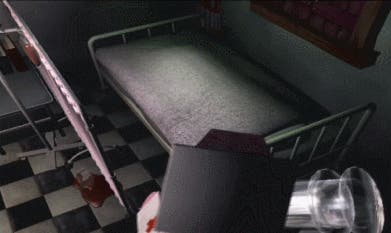
Looking at the boxy cartoon graphics and bright colours, this might come as some surprise to hear, but Gregory Horror Show is definitively one of the most scary games I've played. The crushing tension of the gameplay, followed by the almost paralysing fear of being spotted was the secret sauce that made Capcom's game incredibly memorable. I wish they'd make another.
You can check out any time you like, but you can never leave.
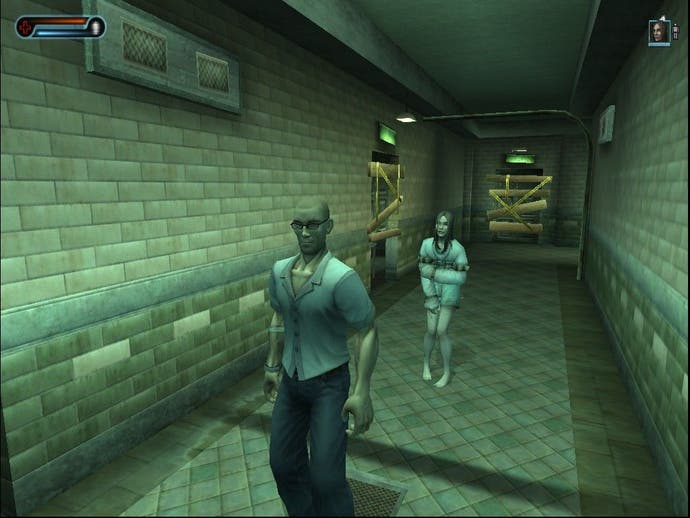
Tom Phillips, News Editor
Second Sight
Smoosh up Half-Life 2's story and physics with the design and shooting of TimeSplitters 2 and you'll get Second Sight - a forgotten gem of a game which launched for the GameCube, PlayStation 2 and Xbox back in September 2004.
Created by TimeSplitters developer Free Radical Design, this was the studio's first big story-focused experiment. While the TimeSplitters series was always really about post-pub multiplayer, Second Sight boasted a mind-bending sci-fi story way better than its generic protagonist with amnesia opening suggested, whose big twist blew my 16-year-old mind. I loved the look of TimeSplitters 2's campaign - its character designs and exaggerated expressions, its slightly hammy voice acting during each level's introduction and epilogue cut-scenes. This was a whole game full of that, with bags of atmosphere, plot twists and intrigue spread across two interweaving timelines.

I think it was the first game I played where you could really mess with physics - ragdolling objects and enemies around and into one another. Its other powers of psychic possession were great fun to experiment with, also: the ability to possess other enemies, or control a mental projection of yourself around levels, out of body-like, both stick out in my mind. And I loved its characters - even tortured protagonist John Vattic, whose voice actor's IMDB page now suggests they work as an animator at Disney.
I've no idea why Second Sight didn't find more of an audience, although the general suspicion is its launch was positioned too close to that of the middling Psi-Ops: The Mindgate Conspiracy, a Midway game which also featured an amnesiac hero with shooting and psychic power gameplay. Regardless, Free Radical never returned to Second Sight, instead dreaming up the entirely new Haze for its next go at a fresh IP. And we all remember how that went
.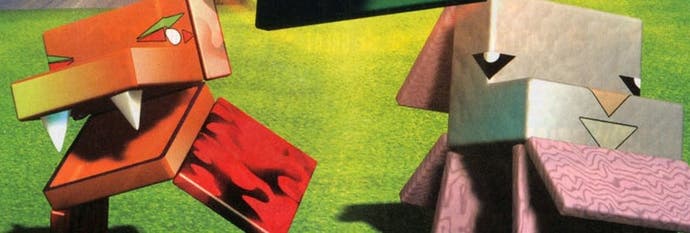
Oli Welsh, Editor
Cubivore
"Gem" might be a stretch for a game which, if I'm honest with myself, is seriously flawed - but there is more going on here than the curiosity value of one of the weirdest footnotes in Nintendo history, one of its most surreal and atypical games. Known as Dobutsu Bancho ('Animal Leader') in the Japanese version that I played, Cubivore is an alternately savage and playful GameCube game about Darwinian evolution, rendered in an aggressively minimalist cuboid style. You play many generations of cube-shaped creatures, fighting and fucking your way to the top of the food chain, where the challenge is to depose the king of all cube-beasts.
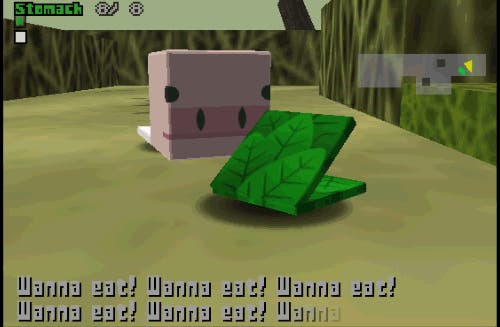
Starting life as a one-limbed pig-worm thing, you eat and poo out unwanted bits of gene code. You fight others animals by headbutting them and then rip off their limbs in brutal slow motion - spraying squares of blood across the cubic landscape - and then eat them to absorb their genetic traits and grow new appendages of your own. You aim to acquire as many mates as possible in one lifetime, have sex with all of them at once and then die, control passing to your mutated offspring. So it's not scientific. Nor is it polished - the visuals are startlingly basic (it started life as an N64 title), the camera is awful and the combat is a lumpy war of attrition. (Nintendo disowned it after the Japanese release, though Atlus picked it up for the North American market.) But it's weirdly compelling, the animation is inexplicably brilliant, and there's a kind of pitiless truth to its depiction of the harsh glory of animal life.
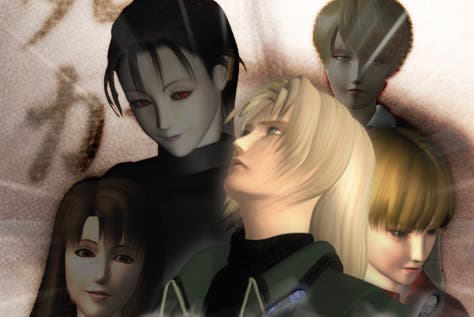
Martin Robinson, Features Editor
Shadow of Memories
Remember back when Konami used to make video games? Remember when Konami used to make nothing other than the greatest video games? There's such a rich history to plunder when it comes to Konami's forgotten gems, and I was torn whether to go for Xexex - the brilliantly psychedelic shmup from the Gradius 2 team that's never really enjoyed a proper home release outside of its inclusion on a PSP compilation, and whose arcade board I've been hungrily tracking down for years - but how about something you can easily go and play yourself right now. You can pick up Shadow of Memories for well under a fiver, and for that you'll be getting one of the most eccentric, evocative PlayStation 2 games there ever was.
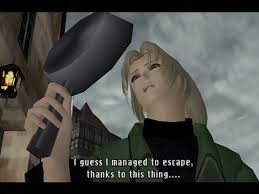
A time-travelling adventure game from the mind of Junko Kawano - the designer behind the much-loved Suikoden series - there's a Lynchian eeriness that runs through your efforts to unmask your own killer as you skip between centuries. It's something about Konami's angular character design of the time, the hazy dreamlike quality of its PlayStation 2 output and a story that takes several sinister turns, all of which combine to make something uniquely unsettling. It's exceptional stuff, a highlight of an era where big companies happily made leftfield experiments such as this, and a reminder that when Konami did regularly make video games it was one of the boldest and best.

Matt Reynolds, Guides Editor
Koudelka
What if Resident Evil was a role-playing game? Koudelka is the result - a pleasingly brief and overlooked adventure set in Aberystwyth, making it perhaps the first (and only?) RPG set in Wales. The comparison mostly lies with its setting, a brooding 19th century monastery composed of fixed, pre-rendered environments - a charming method of exploration that didn't really catch on beyond the original PlayStation.
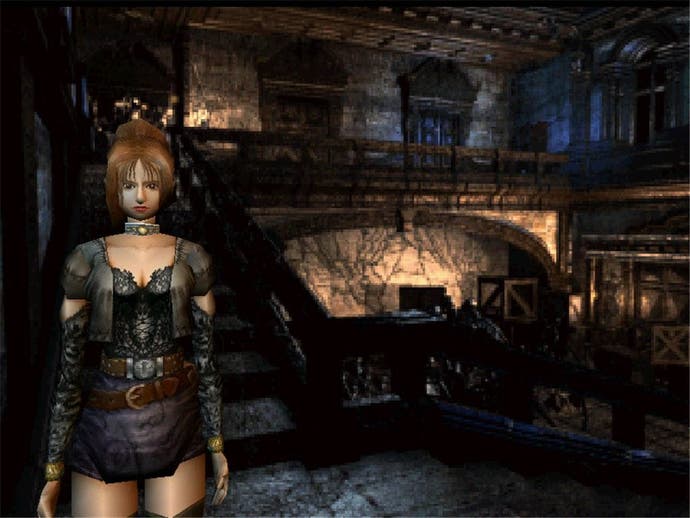
But instead of running past the shuffling undead through twisting corridors, you are regularly interrupted by random encounters - another mainstay of the era - with each one an opportunity to get to grips with a grid-based fighting system, and listen to a battle theme that'll still be lodged in your head some 15 years later - which any RPG worth its salt will do to you.
Koudelka also shares Resident Evil's flair for creepy monsters and surprisingly taxing puzzles, so there's plenty to like for both horror and RPG fans. Unfortunately there's no way to play it beyond its original release - a particular shame for fans of Shadow Hearts, which Koudelka helped spawn.
What's your favourite hidden gem? Let us know in the comments below!
